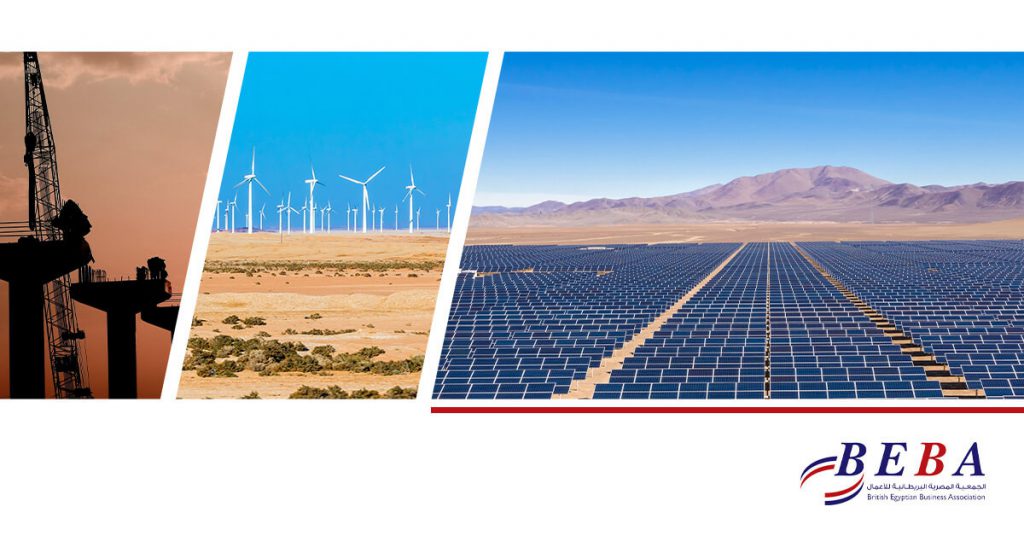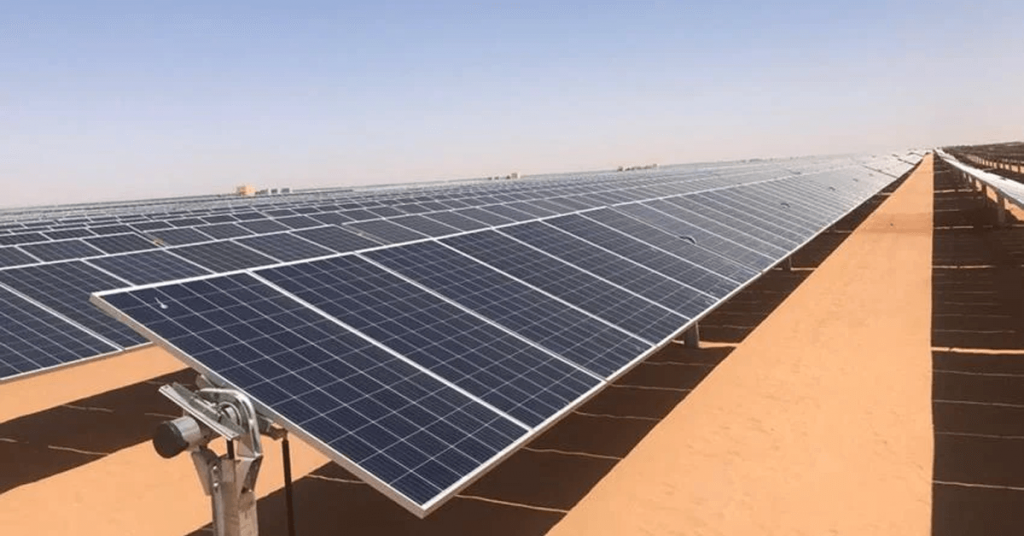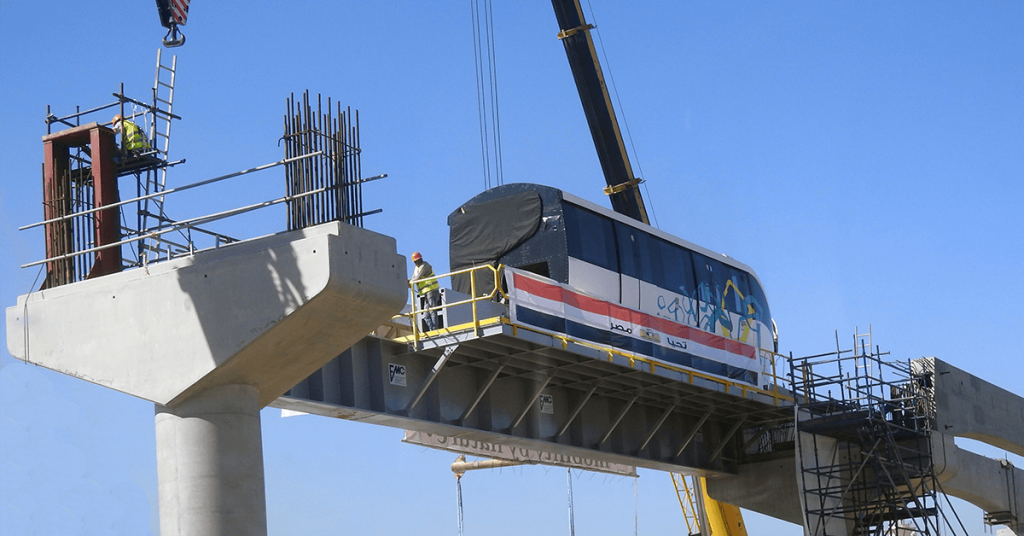
Egypt is leading the world in developing strategies to create sustainable green infrastructure. Crucially, it is doing this by encouraging inward investment with partners from the UK and beyond, to ensure these green infrastructure ambitions can be realised at pace.
This isn’t happening by accident. It has been brought about by decisive leadership and an inspired approach to public/private partnerships, particularly (but not limited to) Egypt’s energy diversification plan known as the 2035 Integrated Sustainable Energy Strategy.
As Egypt prepares to host COP27 in Sharm El-Sheikh later this year, renewable energy generation is a key component of its planning for green infrastructure — a topic widely discussed at BEBA’s 2022 UK Business Mission in London.
The Role of Public/Private Partnerships in Delivering Green Infrastructure Projects
While renewable energy is an essential part of Egypt’s green infrastructure strategy, it isn’t the whole story.
Concerted efforts at greening national spending have played a prominent role. A major goal of Egypt’s Environment Sustainability Criteria introduced in 2019 is ensuring that 15% of government investment goes to green projects, rising to 50% by 2025.
National investment is only one side of the coin. When it comes to inward investment, The Sovereign Fund of Egypt (TSFE) was established in 2018 to create a favourable landscape for public/private partnerships that maximises the value and efficiency of sustainable development. Egypt is in good company here, with TSFE joining around 18 other sovereign funds worldwide to form the One Planet Initiative.
Perhaps, however, one of the most pioneering steps the Egyptian government has taken to support green infrastructure is in its issuance of sovereign green bonds in 2020. Egypt was the first country in the MENA region to take this step. You can read more about this transformative development here.
Renewable Energy Green Infrastructure Projects

As a country with expanses of undeveloped land, combined with high wind speeds and an average of more than nine hours of sunshine every day, Egypt is well-positioned to power its green infrastructure with equally green energy. For example:
Benban Solar Park
In 2015, Egypt launched its ‘feed-in tariff’ for renewable energy. This encouraged the development of the Benban Solar Park, near Aswan in the Western Desert.
Completed in 2019, the 37km2 park was established through a multi-stakeholder public/private partnership including EBRD and IFC among other international financial institutions. As British International Investment reports, Benban is now among the largest solar power installations in the world, comprising a total of 32 solar plants and four substations, with up to 1.65GW capacity.
Gabel El Zeit Wind Farm Complex
Egypt is home of the largest wind farm in the MENA region. The Gulf of Zeit complex has 300 turbines covering 100km2, with a generating capacity of 580MW and producing about 3TWh in three years’ production.
Like Benban, the project began development in 2015 and was connected to the national grid in November 2018.
An important addition to this is the West Bakr Wind project, developed and built by clean energy company Lekela, which takes advantage of what Lekela refers to as Egypt’s “world-class wind resource” to produce 252MW of clean, reliable power.
Lekela’s first turbine was installed on time in late 2020 and the farm went into commercial operation in 2021, demonstrating Egypt’s determination to make these green infrastructure projects a reality. The project also reveals the speed with which Egypt’s business partners can begin to make a difference.
National Hydrogen Strategy
Egypt is highly committed to the development of its National Hydrogen Strategy as an alternative source of energy. As the Middle East Institute reports, EBRD has signed a Memorandum of Understanding to offer guidance to Egypt in developing a low-carbon, green hydrogen strategy for production and export. The official announcement of this strategy is expected in time for COP27, which Egypt will be hosting in November.
So far, initiatives such as these are paying off. As the US International Trade Administration reports, Egypt is making solid progress against its goal of generating 20% of its supply of electricity from renewable sources by this year, with a commitment to raise that figure to 42% by 2035 — a target which may, in turn, be further increased to 55% as momentum builds in favour of clean energy.
Cairo’s Monorail – Accelerating Green Infrastructure

As Egypt’s population grows — from 68 million people in 2000 to a staggering 102 million by 2020 — and becomes more urbanised, the issue of transportation is growing in importance.
To help prevent congestion and alleviate the attendant pollution, Egypt’s National Authority for Tunnels awarded a USD 4.5bn contract to UK Export Finance (UKEF) — a consortium led by Bombardier Transportation (now part of Alstom), to design and build a monorail system for Cairo, then to operate and maintain the two new monorail lines for 30 years.
As this video demonstrates, the new rail network will connect Cairo to the New Administrative Capital in the east, whilst also connecting 6th of October City to Giza in the west. Running more than 50 miles in total, this will make it the world’s longest monorail, with trains running up to 80 km/h, whilst producing zero emissions and virtually no noise.
You could argue that this monorail also connects Egypt to Britain, given that Alstom’s Innovia 300 trains are being built in Derby and shipped to Egypt.
Building Green Cities
Possibly the most impressive examples of green infrastructure in Egypt are its cities. To deal with its growing population (forecast to expand to at least 159 million people by the middle of this century) Egypt has announced an ambitious programme to build no fewer than 45 new cities. These will include the city of Suez, the city of Ras Al-Hikma and the city of El-Alamein.
As reported by the European Bank for Reconstruction & Development, Egypt has signed-up to EBRD’s flagship Green Cities programme.
To that end, the new 6th of October City has been accepted into the programme, as have the ancient, but modernised, cities of Cairo and Alexandria.
This demonstrates the hard work Egypt has already put into ensuring its green infrastructure is as sustainable as possible, to deliver on the better life for all Egyptians that is promised in Egypt’s Vision 2030.
Green Infrastructure: Key to the Future

Egypt’s determination to uplift the entire nation — through green financing, its commitment to universal healthcare and its root-and-branch reappraisal of its green infrastructure — are all opportunities to strike up productive and mutually-beneficial partnerships with global businesses looking to help sustainably remodel a nation fit for the challenges of the 21st century.
As COP27 approaches, learn more about BEBA’s important work and explore a range of topics relating to Egypt’s ongoing transformation as discussed at the UK Business Mission in May.
